I’m a big fan of looking toward the future.
Thinking about the years ahead can help you plan your goals and strategies better and if you do it right, you can beat your competitors to the finish line by doing something before they do.
Looking ahead can also help you improve your own business.
I’ve always kept up with trends in business because it helps me know what to expect.
For example, infographics got really popular a few years back. I was able to see that coming, so I tried infographic marketing for myself.
Sure enough, it worked. My traffic increased 193% in just one year.
If I hadn’t been keeping up with industry trends, I wouldn’t have found out about infographics until it was too late.
Some startups get stuck thinking about the short term. They want to keep pushing out products and getting feedback in real time.
I love that approach, but it definitely helps to think about the future. You might just get a leg up on your competition.
Some of the biggest businesses in the world got to where they are because they were able to take advantage of a trend before it caught on everywhere.
You can do the same. Here are the trends in entrepreneurship you should be looking out for in 2018.
Technology will become more and more disruptive
The term “disruptive innovation” sounds recent, but it’s actually been around since 1995.
That’s when Joseph L. Bower and Clayton Christensen coined the term in the pages of the Harvard Business Review.
The term refers to an innovation that makes a huge change in the industry. It connects ideas that haven’t been connected before to tap into a completely new market.
Even more specifically, the Harvard Business Review defines disruption as “a process whereby a smaller company with fewer resources is able to successfully challenge established incumbent businesses.”
It’s the David versus Goliath story applied to entrepreneurs. When a small startup beats out industry giants, that’s disruption.
Disruptive innovation is like coloring outside the lines. It doesn’t follow any set of rules, but it still creates something amazing.
Airbnb is a perfect example.
It was a tiny startup that took on the entire hotel industry and it worked.
Airbnb is probably the best example of true disruption.
Think about it: A startup founded in 2008 is making more than global hotel chains that have been around for decades.
That’s the power of disruptive innovation.
More startups are getting comfortable with the idea of being disruptive. It’s riskier, but the rewards are also bigger.
At its core, a major aspect of disruption is connecting customers to more resources. Think of it like taking out the middleman. Often, this cuts costs and makes users happier.
Think of this as disruptive technology.
In the last couple of years, we’ve seen lots of businesses use disruptive technology to create something new.
Businesses like Netflix, 23andMe, and Spotify have used disruptive technology to rise to the top. In fact, most of the companies you support today are likely disruptive in one way or another.
And that trend of disruptive technology is only going to get bigger.
Airbnb connects you directly to lodging and you don’t have to go through a hotel. Amazon gives you access to almost any product you want and you don’t have to leave your home.
Many of the biggest startups of 2017 are doing just that. While they’re not necessarily disrupting entire industries, they are using disruptive technology to create new and exciting businesses.
Take a look at Virta Health, which connects diabetes patients directly with doctors via video chat.
That’s disruptive technology in action.
Another example: Roadrunner Recycling helps people recycle more with scheduled pickups and various waste management solutions.
There are all kinds of disruptive technologies out there.
Even the classic freemium business model can be turned into disruptive technology that allows you to become more popular than your competitors.
That’s what happened to my multimillion-dollar business. Here’s the story:
There’s disruptive technology in any niche you can name, and in 2018, it’s going to be a defining hallmark of startups.
There will be more remote teams
Remote work has exploded in popularity.
More people are choosing to telecommute or work completely online.
It’s easy to see why. You can set your own schedule and work at your own pace.
In its State of the American Workplace report, Gallup noted that 43% of employed Americans spend at least some time working remotely.
In almost every industry, the percentage of workers who work from home has increased dramatically.
You might even be working from home right now.
Almost every startup is leveraging the power of remote work.
And many startups are taking that to the next level and going completely online.
Startups like Knack and Toggl are 100% virtual, meaning that all of their employees work from home.
They’re not the only ones doing it. It’s become a huge trend.
One of the big benefits is that companies can hire skilled workers from all around the world.
It also tends to make workers happier, more productive, and more loyal.
This is a big reason more startups are hiring remotely. It creates a better environment for people to work in, which makes the business work better as a whole.
However, for a long time, people thought that working remotely wasn’t as good as working in a physical location.
It was only recently that businesses learned that remote teams could be just as productive than teams who meet in person.
Often, the remote teams are more effective because, well, today’s workplace can be a bit distracting. Working from home eliminates those issues.
There’s also something great about being able to work on your own terms. Setting your own hours and working wherever you want is incredible.
That’s why more people are going to be working remotely than ever before in 2018.
I won’t be surprised if most new startups have fully virtual teams.
If a startup doesn’t have a physical location, they don’t have to pay any rent. There are a lot of other ways working online can help reduce business costs.
Some of the most popular startups of 2017 have at least partially remote teams, and it doesn’t look like they’ll head to the office anytime soon.
Simply put, remote work is the future.
Marketing will get more interactive
Do you want to know one of the most valuable lessons I’ve learned over the last few years?
If you want to get people’s attention, you have to earn it.
You have to stand head and shoulders above your competition if you want to get noticed.
Getting users to notice you is more difficult than ever. Every day, we’re bombarded with advertisements — as many as 5,000 per day.
Popups, commercials, display ads — the list goes on and on.
Businesses spend billions each year on advertising, and it makes the Internet super cluttered.
As a result, it’s pretty darn difficult to stand out. You’re just one voice in a crowd and that crowd is huge.
One way that marketers have been combating that issue is by using more interactive forms of marketing.
To understand what interactive marketing is, it helps to look at traditional marketing.
Think of television commercials. They offer no way for the viewer to interact with the ad. All they do is blabber about a product and try to get you to buy it.
Now think of Twitter marketing.
Users can comment or retweet. They have options to interact with the content in some way.
Social media marketing is a form of interactive marketing because the user and the brand can have a two-way conversation.
That’s just the tip of the iceberg.
Many startups are creating hyper-interactive marketing that’s actually fun for people to be a part of.
Rosetta Stone created this super cool interactive page for their Love Languages marketing campaign:
You can click around the globe and learn language-related facts about different locations.
It’s almost like a game. You don’t even think of it as a marketing tactic.
And there are tons of ways to do interactive marketing.
For example, Skyword created a quiz called “Are You a Marketing Visionary?”
The 5-minute test analyzes your brand’s content marketing aptitude and tells you how you can improve it.
When done right, interactive marketing is so good that the user won’t even care if they can tell it’s marketing.
But why does interactive marketing even matter? And what the heck is wrong with traditional methods?
Today, the consumer has almost full control.
You can’t manipulate or trick people into buying your product. That just doesn’t work today.
Instead of annoying the customer or using shady sales tactics, your brand has to earn people’s attention (and money).
That’s why interactive marketing is so important. It gives the user a ton of control, which in turn helps to earn their trust.
If you want to be uber successful in 2018 and beyond, your marketing will need to be at least somewhat interactive.
Don’t just talk at your users. Talk to them. Start a conversation and let them participate.
The Internet of Things will become more important
The Internet of Things is one of the most revolutionary technological advances in the last few years.
It has huge implications for how we eat, sleep, and even do marketing.
If you haven’t heard the term before, the Internet of Things (or IoT) connects devices to the Internet to open up new possibilities for using those devices.
For example, you can use an app to change the temperature of your home even if you’re at work.
It happens because a device (your phone) connects to another device (your thermostat) over the Internet.
IoT is big and growing every single day. It encompasses everything from coffee machines to smartwatches.
In the business world, IoT shows a lot of possibilities, and we’ve only begun to fully explore what it can do.
Many businesses are using IoT to get things done faster and more reliably.
This can happen in the workplace or online to help teams run more smoothly.
Wearable devices like smartwatches and glasses are starting to be used by more companies. The devices help connect everyone better.
While some companies aren’t so keen on wearable devices, others have embraced them with arms wide open.
In most cases, wearables can increase productivity levels and create a better work environment.
There are also several uses of IoT devices when it comes to marketing.
For example, it can make your marketing campaigns more specific.
IoT devices are incredibly personal. They behave based on what their users do.
As a result, marketers will be able to use IoT devices to deliver super personal solutions for individual customers.
This takes personalization to a whole new level.
We will be able to create one-of-a-kind messages for every user.
Even though most modern marketing techniques let you narrow your scope, few of them get that narrow. And it’s a real game changer.
Another benefit of IoT devices is the amount of data that’s possible to retrieve from them.
The more connected devices users have, the more information you can get on those users. And that means better analytics.
By 2020, there will be 4 billion people connected to the IoT.
That’s over half the population.
And that’s not some time far off in the future. It’s only a little over two years from now.
Can you just imagine the sheer amounts of personalized data that we’ll be able to collect from 4 billion people?
If you’re a marketer, you’re probably drooling right now — and you should be.
The IoT is intense and growing rapidly. In some ways, startups are going to be utilizing it more, and those who don’t might fall behind.
Automation will be more widespread
I’m old enough to remember going to the movie theater and peeking up at the film projectionist who was responsible for playing the movie.
Today, everything is digital. Most moviegoers probably don’t even know what real-life film looks like.
That’s just one of the things that have been automated, and in business, there’s a lot that’s about to be.
It’s possible that in just a few years, you could be collaborating with a robot.
It sounds like it’s out of a science fiction story, but it’s not.
It makes sense. You can program software to do things reliably, so why not take advantage of that?
Specifically, one of the growing trends I’ve noticed is the use of chatbots.
You’ve probably seen websites that feature live chat support. They typically look something like this:
Often, these chats have real people behind them. Whether it’s for tech support or advice, chat usually relies on humans.
However, many startups are using bots instead of people for live chat.
What lots of businesses have discovered is that you can still deliver helpful, personalized results using a chatbot.
In fact, sometimes bots can be better than people at identifying trends and determining what customers like.
Chatbots not only cut costs but also allow you to have live chat available 24/7.
And if that’s not enough, chatbots have a lot more possibilities.
Chatbots are really versatile and can be used for more than just support.
I love the idea of using chatbots for lead generation.
The concept is simple: You have a chatbot qualify your leads by walking the user through the preliminary steps of the funnel with a message sequence like this one.
Once the user is ready to buy, a human swoops in and closes the deal.
It’s awesome, isn’t it?
You can even do all of this on Facebook to combine the power of social media with the versatility of bots.
And that’s not even the beginning.
Every day, people are finding new ways to use bots. Chatbots are going to see some action in 2018, and there will be all kinds of automation on the horizon.
Conclusion
If you haven’t been keeping up to date with entrepreneurship, you need to start now.
Of course, you shouldn’t spend hours every day trying to figure out what’s going to be popular next year.
But you do need to be aware of what other businesses are doing.
Lots of businesses conduct competitor research. This is a defensive move — you look at your competition so you can make sure you still have a share of the market.
Looking at trends is an offensive move. You have the chance to do something before your competitors can, and that just might get you more sales.
Or maybe it will make you more efficient or help you become an early adopter for important technology.
Trends are also great for evaluating where entrepreneurship will go in the long term.
For example, we’re seeing lots of automation happen. Is your business prepared for that? Is your business model designed with automation in mind?
You get the idea.
Don’t stay in the dark about what’s happening in entrepreneurship. Instead, take some time to look at these trends. Your business will be a lot better for it.
What trends are you forecasting for 2018?

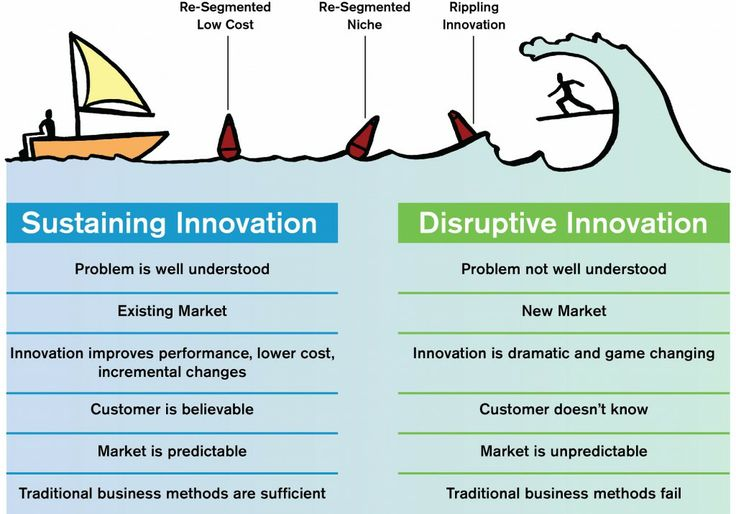
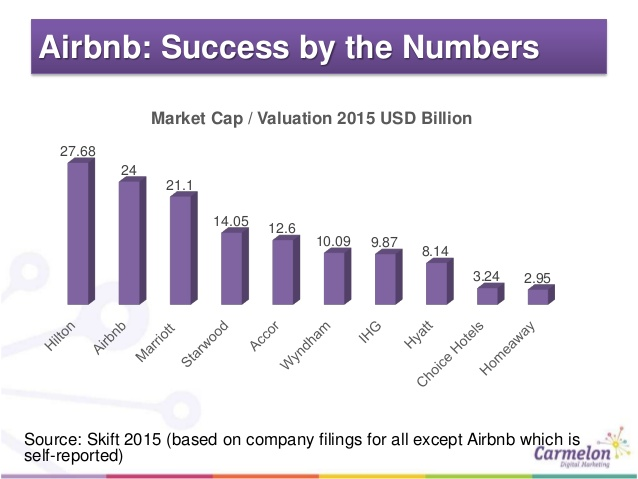
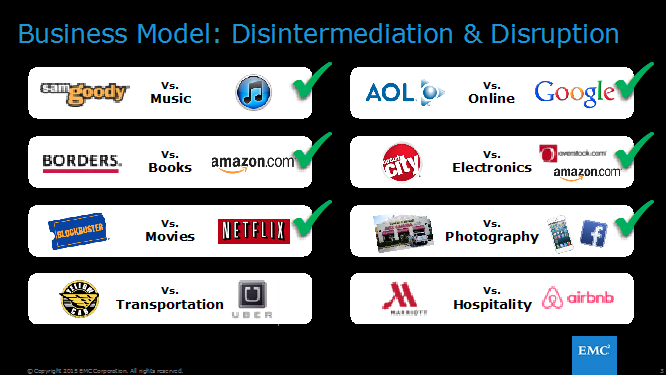

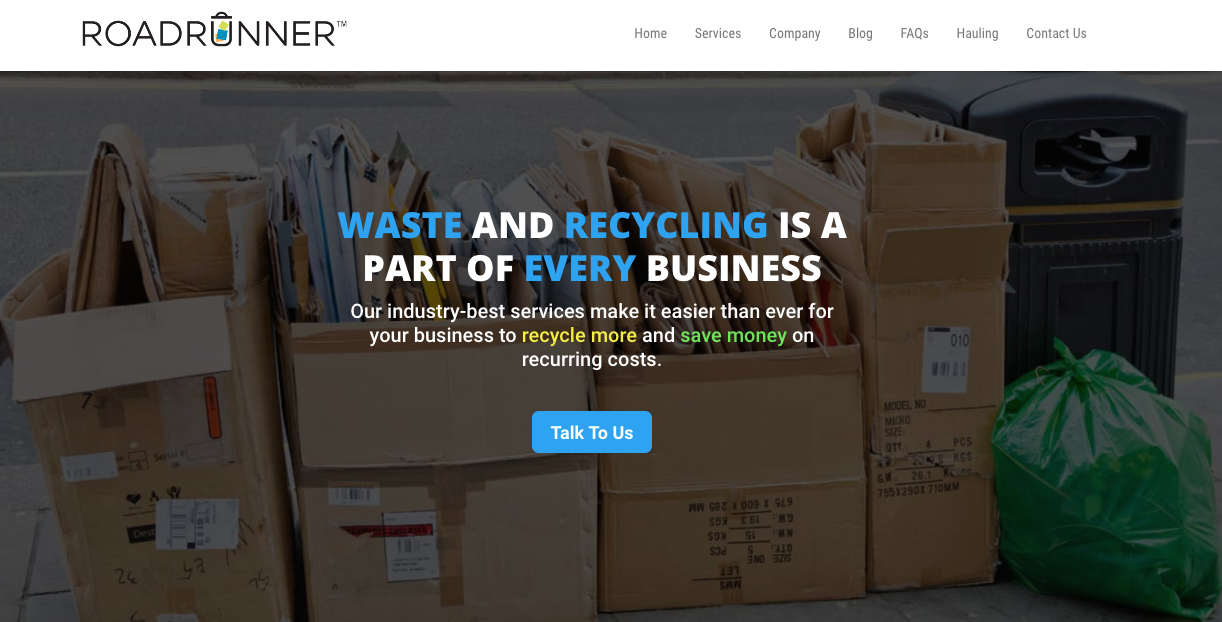
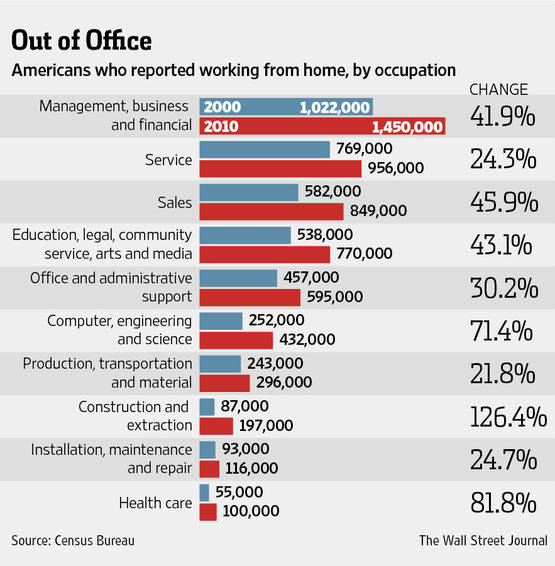
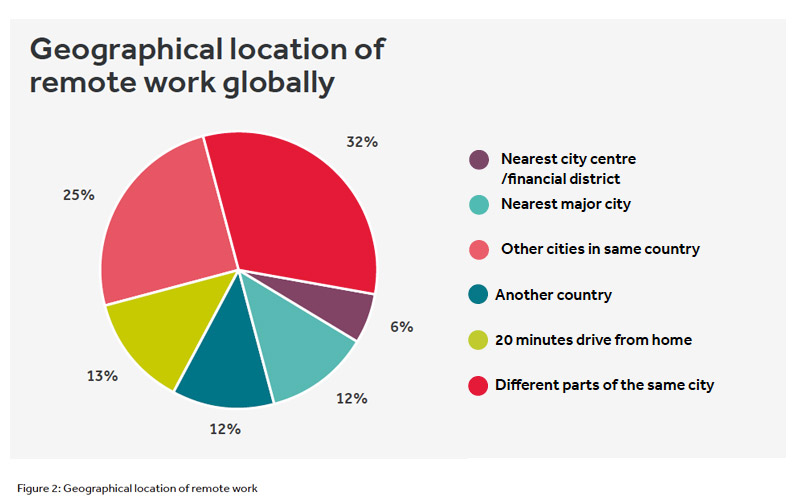
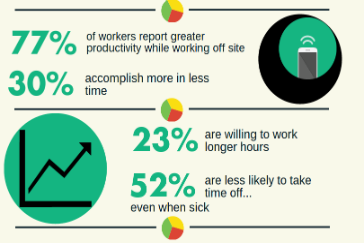
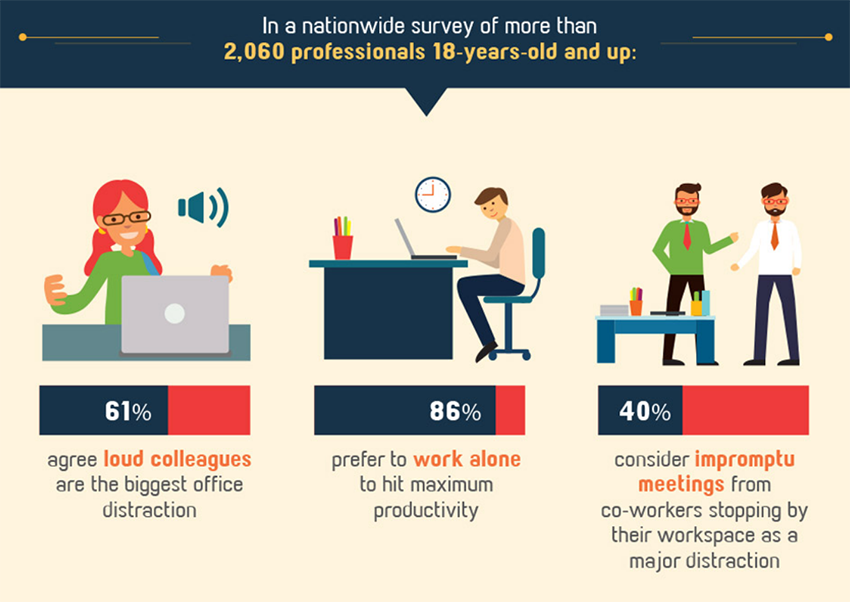
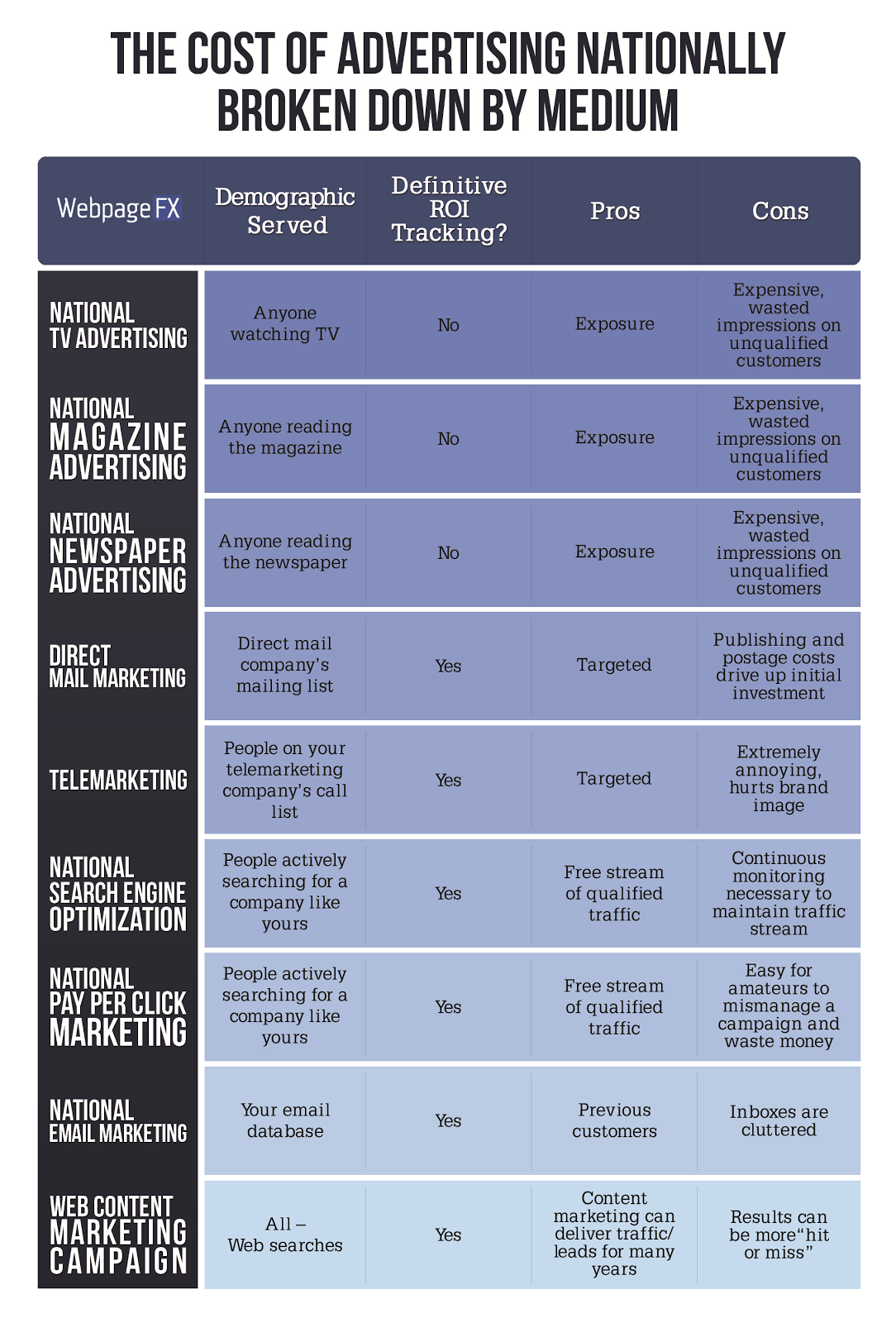

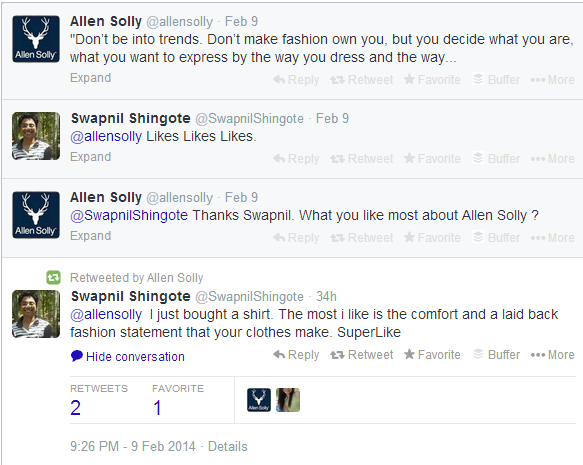


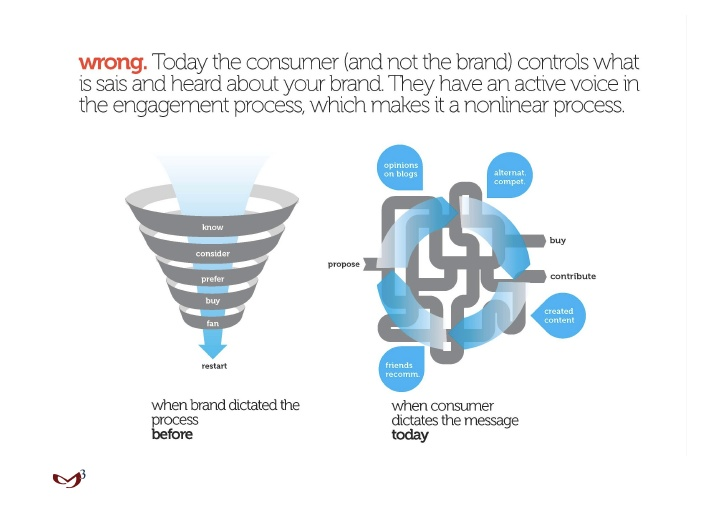
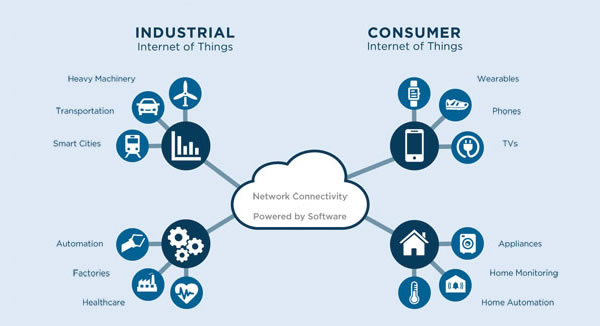
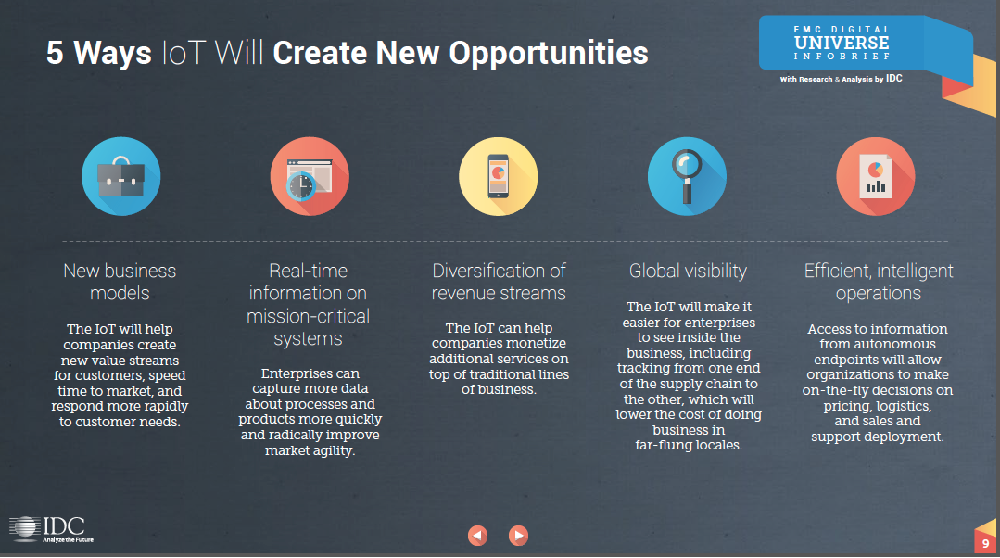

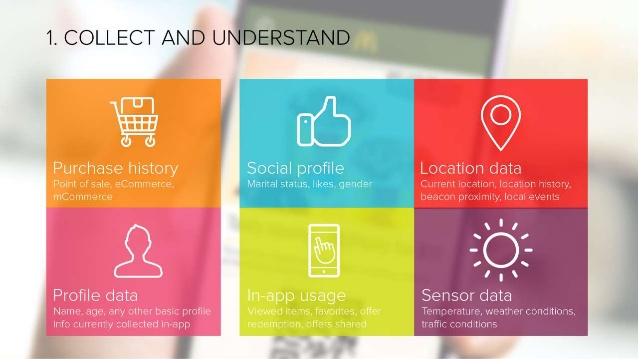
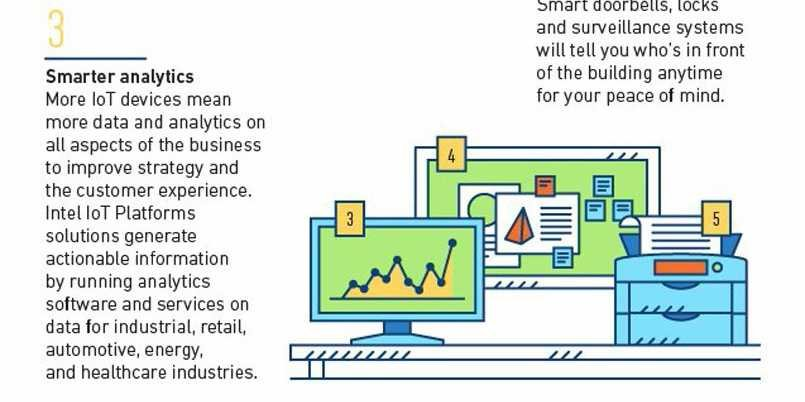
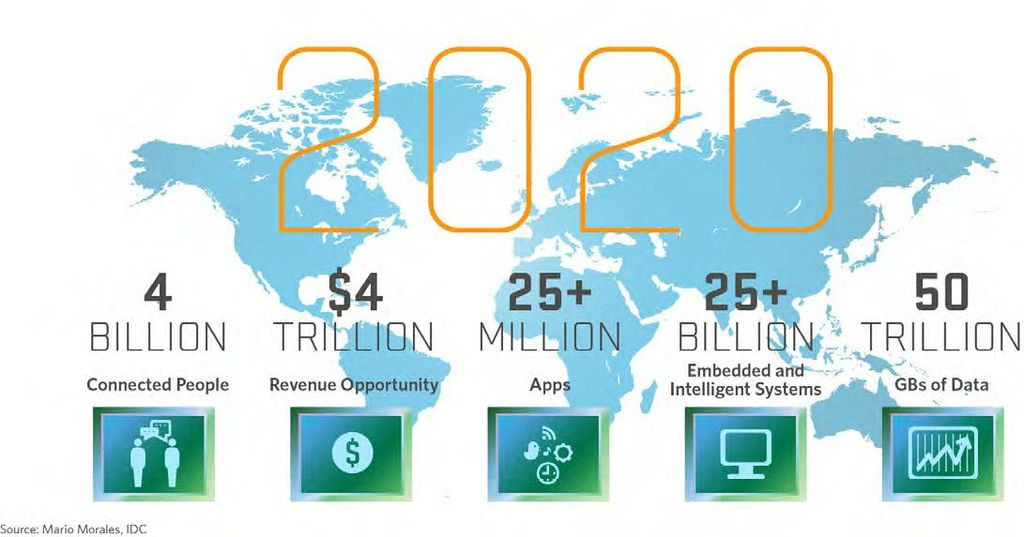
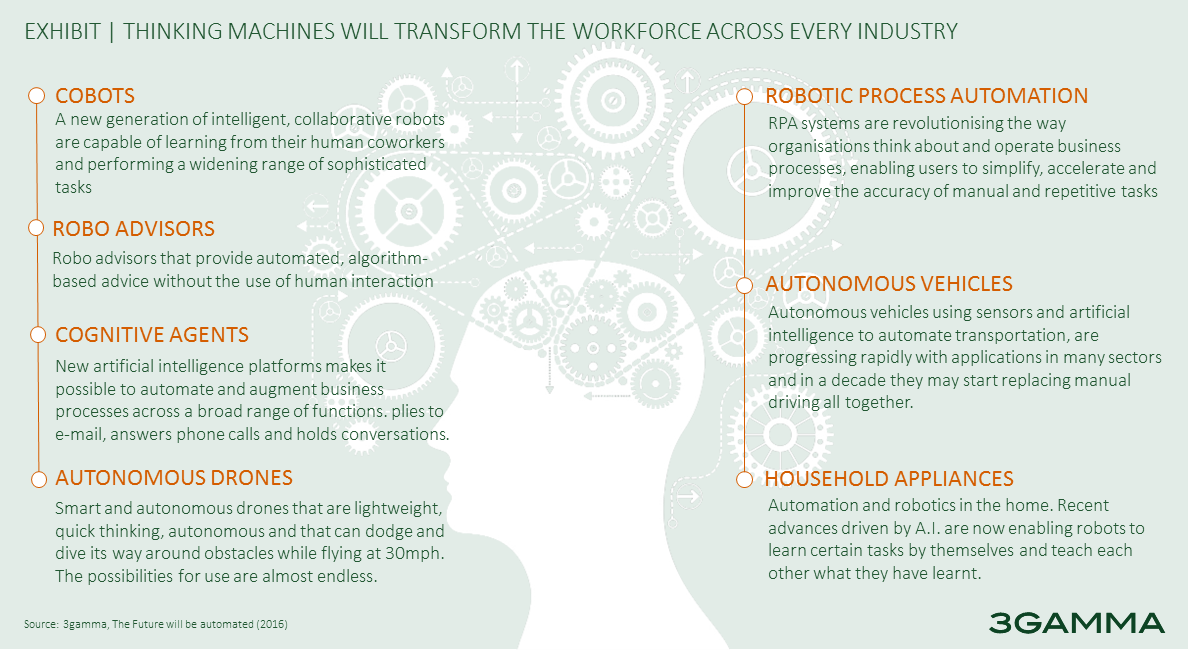
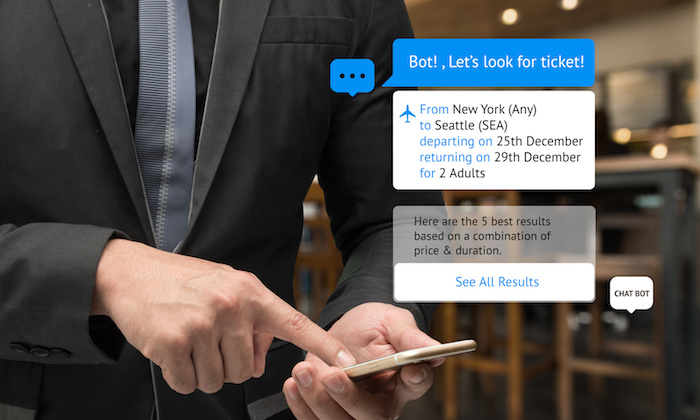
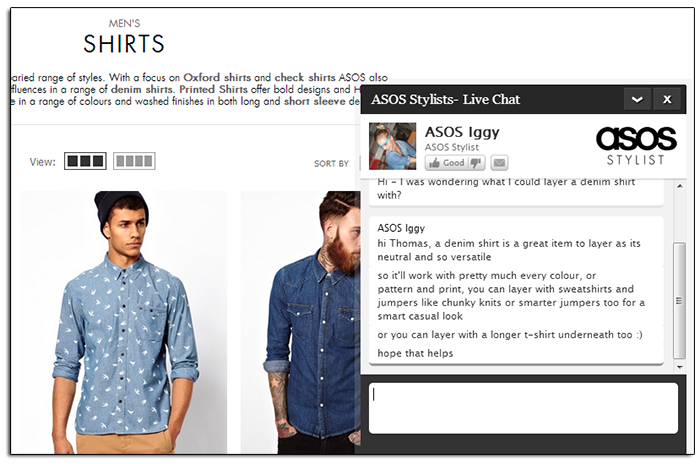

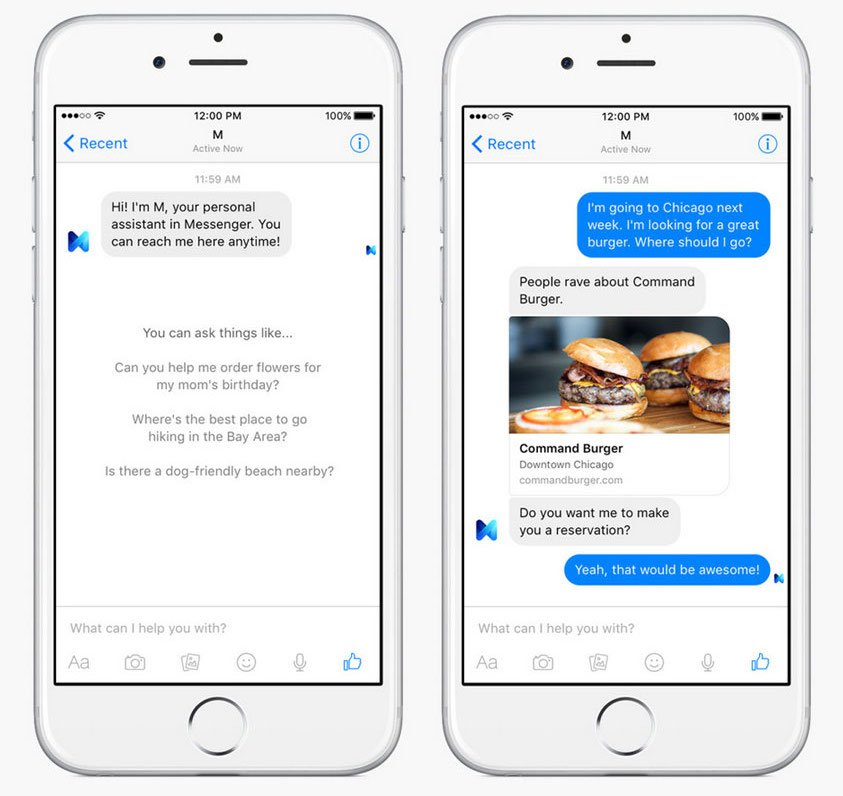
Comments (34)